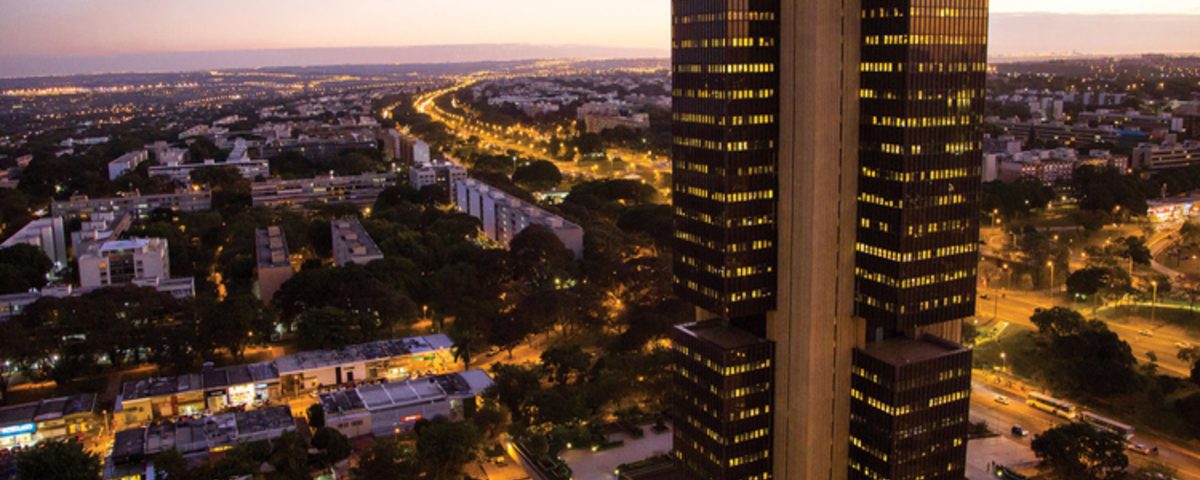
Torrid’s (NYSE:CURV) Q4 Sales Beat Estimates, Stock Jumps 22.4%
28/03/2024
Japan repeats verbal warning to yen bears, BOJ keeps dovish tone
28/03/2024BRASILIA (Reuters) – Brazil’s central bank is facing uncertainty regarding its policy decisions at the upcoming June meeting, with governor Roberto Campos Neto stating on Thursday that the bank’s actions will heavily depend on incoming data. This uncertainty adds complexity to the outlook for future interest rate cuts.
Policymakers emphasized this week that uncertainties surrounding the trajectory of inflation, both domestically and internationally, led them to adjust their forward guidance. They now anticipate a 50-basis-point rate cut at the May meeting, having previously hinted at multiple reductions.
Neto mentioned during a press conference that when visibility is limited, the bank relies more on the evolving scenario leading up to the meeting.
The central bank disclosed that “some members” of its rate-setting committee suggested a more cautious approach to monetary easing if uncertainties persist in the future.
While highlighting this point, Economic Policy Director Diogo Guillen clarified that it didn’t imply disagreement among other committee members.
Since the initiation of the easing cycle in August, policymakers have slashed the benchmark interest rate by a cumulative 300 basis points to 10.75%.
In its quarterly inflation report released on Thursday, the central bank acknowledged that consumer prices increased by 0.54 percentage points more than anticipated in the three months leading to February. This uptick was mainly attributed to rises in administered prices and household food costs.
The bank expects relatively smaller fluctuations in inflation going forward, projecting a slower pace of disinflation compared to the period between 2022 and 2023, excluding seasonal effects.
Additionally, the bank revised its economic growth forecast for this year to 1.9% from the previous estimate of 1.7% in December.
Policymakers noted a vibrant labor market with stronger wage growth, along with signs of recovery in the credit market, characterized by increased lending, declining interest rates, and delinquency rates.
However, the bank’s growth projection remains cautious compared to the government’s estimate of 2.2% GDP growth, which Finance Minister Fernando Haddad hinted could be revised upward to over 2.5%.
Private economists surveyed by the central bank weekly anticipate a 1.85% expansion in output for this year.
In its report, the central bank raised its forecast for bank lending expansion in 2024 to 9.4% from the previous 8.8%.
Conversely, it lowered the estimated annual trade surplus to $59 billion from $73 billion, attributing this adjustment to downward revisions in export values, particularly in soybeans, amid expectations of a robust global supply. Consequently, the central bank now anticipates a larger current account deficit of $48 billion for this year, up from $35 billion.



